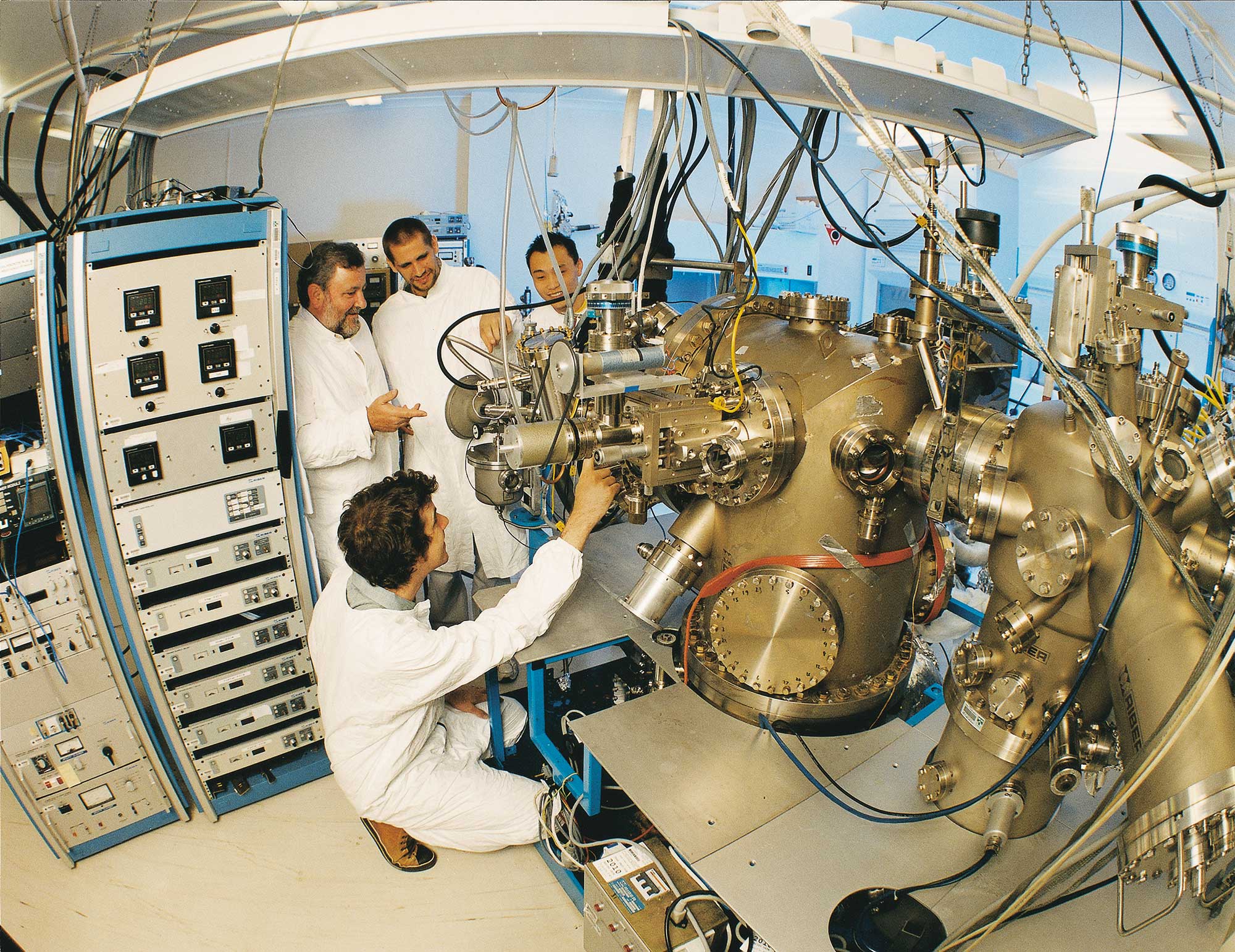
Nanoprinting
Nanoprinting
3D printing involves taking a model and slicing into layers, then printing these layers on top of one another to recreate a 3D component. It’s an incredibly quick way to produce unique parts, or for small production runs, and is massively useful when wanting to quickly create prototypes.3D Printing at the nanoscale can help drastically reduce the cost and time drains of prototyping novel technologies and devices by rapidly creating new iterations.

List of available equipment
TOOL MAKE AND MODEL
KEY DIFFERENTIATOR
LOCATION
NanoOne 1000 2 photon printer
2 photon printer
SA Node
University of South Australia
Description
2 photon printer
Related Information
Fastest high-resolution 3D printing system on the market.
Tool Contact
Simon.Doe@unisa.edu.au
Nanoscribe Photonic Professional GT
100-nanometre resolution 3D printer
QLD Node
University of Queensland
Description
3D Printing with a minimum voxel size of 100 x 350 nm. The dual photon technology is used to construct high resolution and complex structures in polymers (such as AZ resist, SU8 and proprietary IP resists from Nanoscribe).
Related Information
Uses a IR femto second laser to concentrate pulses to within a small polymerisation volume equivalent to UV light. Within this volume polymerisation occurs to create nanoscale 3D structures. Resists sensitive to UV light can be used. Substrates can be up to 5 inch square.
Tool Contact
anff@uq.edu.au
TOOL MAKE AND MODEL
KEY DIFFERENTIATOR
LOCATION
NanoOne 1000 2 photon printer
2 photon printer
QLD Node
University of Queensland
Description
2 photon printer
Related Information
Fastest high-resolution 3D printing system on the market.
Tool Contact
Simon.Doe@unisa.edu.au
TOOL MAKE AND MODEL
KEY DIFFERENTIATOR
LOCATION
Nanoscribe Photonic Professional GT
100-nanometre resolution 3D printer
QLD Node
University of Queensland
Description
3D Printing with a minimum voxel size of 100 x 350 nm. The dual photon technology is used to construct high resolution and complex structures in polymers (such as AZ resist, SU8 and proprietary IP resists from Nanoscribe).
Related Information
Uses a IR femto second laser to concentrate pulses to within a small polymerisation volume equivalent to UV light. Within this volume polymerisation occurs to create nanoscale 3D structures. Resists sensitive to UV light can be used. Substrates can be up to 5 inch square.
Tool Contact
anff@uq.edu.au
